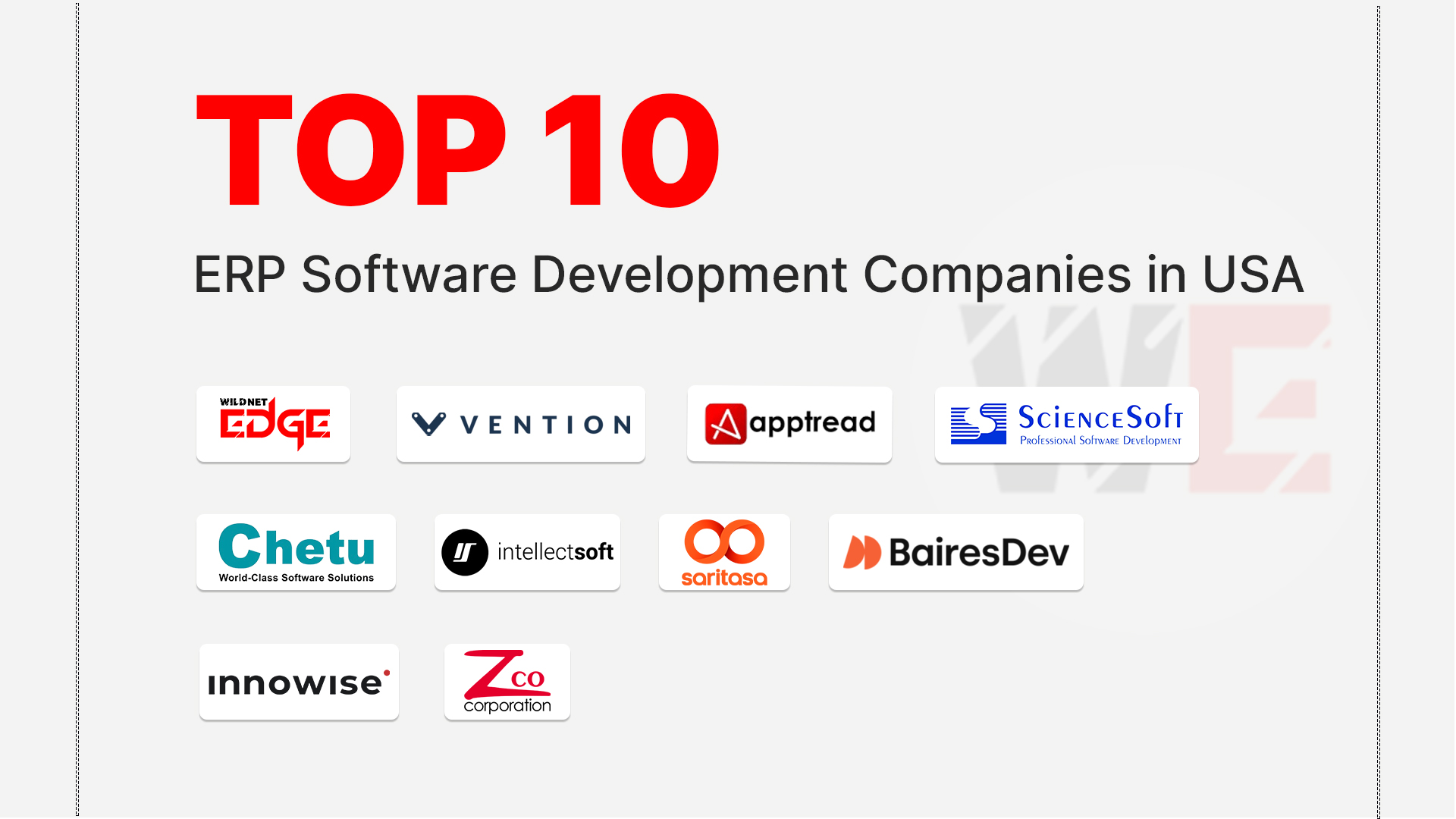In 2025, understanding virtual classroom app development cost will be crucial for educational institutions and developers alike. The demand for online learning tools continues to rise, creating an urgent need to invest wisely in educational technology. This article will delve deep into the various factors that dictate costs associated with virtual classroom app development, ensuring you have a clear vision of your edtech budget.
Understanding Virtual Classroom App Development Cost
The Basics of Classroom App Charges
Virtual classroom app development cost often begins with classroom app charges, which can vary based on several factors. Basic applications may cost around $10,000, while more advanced features and functionalities can lead to prices soaring beyond $100,000. Establishing a clear understanding of these classroom app charges is essential for effective budgeting.
When setting your budget, consider that essential features such as user authentication, video conferencing, and content management systems typically incur higher expenses. Moreover, the choice of platforms—whether iOS, Android, or web applications—will also influence the virtual classroom app development cost.
Key Factors Influencing Prices
Several key factors influence virtual classroom app development costs. These include the complexity of the app, the level of customization required, the amount of content to be uploaded, and the types of integrations needed (like LMS systems). Development features such as analytics and reporting capabilities can also add significant costs.
Moreover, the experience and reputation of a Virtual Classroom App development company play a critical role. Top-tier companies may charge premium rates due to their established expertise but can also provide higher quality and more innovative solutions. Thus, it’s important to weigh the cost-to-quality ratio when budgeting.
Comparing Costs in Different Regions
Comparing development costs in different regions is key to understanding virtual classroom app development cost. Outsourcing development tasks to countries with lower cost structures can result in substantial savings. For instance, hiring developers in Eastern Europe or Asia may provide access to skilled talent at a fraction of the cost compared to Western countries.
However, it’s vital to consider language barriers, cultural differences, and communication difficulties that may arise during the development process. Therefore, regional comparisons can help refine your understanding of your edtech budget effectively.
Assessing Online Teaching Pricing Models
Per-User Pricing vs. Flat Fees
When considering online teaching pricing, institutions must choose between per-user pricing versus flat fees. Per-user pricing can be beneficial for scalability, allowing institutions to pay only for the number of active users. However, this can lead to unforeseen spikes in costs as the number of users increases.
Flat fees, on the other hand, offer predictability in budget planning but may not always reflect the actual usage of the app. The choice you make regarding online teaching pricing will directly impact your overall virtual classroom app development cost.
Subscription Models Versus One-Time Payments
Subscription models versus one-time payments is another aspect to assess in online teaching pricing. Subscription services typically require ongoing payments which can accumulate over time and lead to higher total costs in the long run. However, they often include additional support and updates that may be beneficial for app users.
On the contrary, one-time payments might seem more economical upfront but can lead to higher maintenance and upgrade costs without ongoing support. Balancing these pricing models is vital to mitigate risks and stay within your edtech budget.
Hidden Costs in Online Teaching Pricing
Hidden costs often emerge in online teaching pricing, making comprehensive budgeting essential. Consider factors like transaction fees, platform fees, and potential costs for additional features that may suddenly be required. These hidden costs can inflate your perceived virtual classroom app development cost if not carefully managed.
Be transparent with potential developers about your application needs to minimize unforeseen charges. A well-documented and thought-out app development requirement can help keep overall expenses aligned with your budget.
Budgeting for Edtech: A Strategic Approach
Establishing Your Edtech Budget
Establishing your edtech budget begins with a thorough analysis of your needs and priorities. Consider the essential feature set for your virtual classroom app, which will provide a baseline for your virtual classroom app development cost. Establishing a budget that accommodates future scalability is equally crucial.
It’s also important to account for initial development, ongoing maintenance, and future updates in this budget planning stage. Make sure to have contingency funds for any unexpected costs that may arise during the app’s lifecycle.
Future-Proofing Your Investment
Future-proofing your investment in educational technology is a crucial step in budgeting. Selecting platforms and features that allow for scalability and integration with future technologies can lead to more sustainable costs. Always consider how trends in online learning may affect your virtual classroom app’s performance and costs over the years.
Investing in adaptable solutions, such as modular features, can help minimize overall virtual classroom app development costs as your organization evolves.
Working with a Virtual Classroom App Development Company
Working with a Virtual Classroom App development company can greatly impact your budgeting process. Choosing an experienced company that understands the nuances of the edtech industry can provide insights that enable you to make informed decisions about your project.
A strategic partnership with a development company can help ensure your project is completed on time and within budget, while also accommodating the necessary adjustments that may arise during development.
Cost Breakdown of Features in Classroom Apps
Essential Features and Their Costs
The cost breakdown of features in classroom apps is an essential part of understanding your overall virtual classroom app development cost. Core features such as user authentication, multimedia support, and interactive tools are fundamental to creating an engaging online learning environment and will drive up development costs.
Budgeting for essential features early allows for a more structured financial plan. For example, integrating features like live chat functionality or discussion forums can also add to the final development charges, necessitating careful consideration.
Custom Features and Unique Charges
Custom features often lead to unique charges during the development process. While these tailored functionalities can significantly enhance user experience, it’s crucial to analyze their necessity against potential cost implications. Examples include features tailored to specific subjects or integrations with third-party tools.
These customizations often come at a premium. Being clear about the need for each unique feature with your development team can assist in keeping costs reasonable and ensuring your budget remains aligned with your expectations.
Maintenance and Updates as Ongoing Charges
Maintenance and updates should be integrated into your classroom app charges to create a comprehensive budgeting strategy. Educational technologies require consistent updates and bug fixes, which contribute to long-term costs.
Establishing a routine maintenance plan with your Virtual Classroom App development company ensures the app remains functional, relevant, and safe. Understanding and planning for these ongoing charges will ensure your edtech budget stays intact over time.
Hiring the Right Talent for Development
How to Hire Virtual Classroom App Developer
To successfully hire a virtual classroom app developer, begin by defining your project needs and expectations. Clearly outline the expected features, and engage in discussions on costs to get a grasp of each developer’s pricing structure.
Request portfolios or past projects to evaluate their strengths and weaknesses. Ensuring the developer has experience in creating educational applications can enhance the quality of the final product.
Factors Impacting Developer Rates
Numerous factors impact developer rates, including the developer’s location, level of expertise, and project complexity. You’ll find that virtual classroom app development cost can vary significantly based on these criteria.
For instance, developers in regions with high living costs may demand higher fees than those in lower-cost areas. Ensure to compare developer qualifications against their rates to make informed hiring decisions.
The Role of Development Company Expertise in Pricing
The expertise of a development company can significantly affect pricing structures. A well-established Virtual Classroom App development company typically charges higher rates due to proven expertise and past successes, while less experienced developers may provide more budget-friendly options.
While opting for a budget developer can save money initially, it’s important to consider that the long-term costs of poor quality work can surpass any immediate savings. Selecting a company with a good reputation in delivering quality solutions can ultimately result in a more favorable ROI.
Evaluating Return on Investment (ROI) for Virtual Classroom Apps
Measuring Educational Outcomes versus Costs
Evaluating the return on investment (ROI) for virtual classroom apps involves numerically measuring educational outcomes against your virtual classroom app development costs. This means analyzing student performance, engagement levels, and instructor feedback.
A positive correlation between educational engagement and app usage could justify the initial investment. Regular assessments ensure that you’re getting value for money and that improvements are continuously integrated.
Long-Term Savings and Benefits
The long-term savings and benefits of implementing a virtual classroom app can greatly outweigh initial costs. By reducing logistical costs and enhancing accessibility, educational institutions can streamline operations and maximize returns on their investments.
Consider the potential for increased enrollments and retention rates that could stem from improved learning experiences offered through effective app design. These savings should be included when evaluating the overall virtual classroom app development cost.
Case Studies on Successful Implementation
Case studies on successful implementation can shed light on the benefits of having a well-developed virtual classroom app. Many institutions have reported elevated educational outcomes and enhanced user engagement due to strategically planned virtual learning tools.
Analyze these case examples to gather insights on effective budgeting, implementation strategies, and the significant impact of an app on academic results. Utilizing successful case studies as benchmarks can inform future investments and decision-making processes.
Conclusion
In summary, the virtual classroom app development cost is influenced by numerous factors ranging from feature sets to talent acquisition. As you navigate the complexities of price points, always consider the value an effective educational tool brings to your institution. For a reliable partner in your development journey, look no further than Wildnet Edge, an AI-first company dedicated to elevating online learning experiences.
FAQs
The average cost can vary widely, with basic apps starting as low as $10,000 and more advanced ones costing upwards of $100,000.
Factors such as the number of users, features required, and customization needs significantly impact online teaching pricing.
Initiate by defining essential features, then allocate funds for development, ongoing maintenance, and potential updates.
Understand their experience, portfolio, and approach to app development, as these aspects will greatly influence costs and outcomes.
Focus on user engagement and educational outcomes while monitoring long-term savings and enhancements in teaching quality.

Nitin Agarwal is a veteran in custom software development. He is fascinated by how software can turn ideas into real-world solutions. With extensive experience designing scalable and efficient systems, he focuses on creating software that delivers tangible results. Nitin enjoys exploring emerging technologies, taking on challenging projects, and mentoring teams to bring ideas to life. He believes that good software is not just about code; it’s about understanding problems and creating value for users. For him, great software combines thoughtful design, clever engineering, and a clear understanding of the problems it’s meant to solve.
 sales@wildnetedge.com
sales@wildnetedge.com +1 (212) 901 8616
+1 (212) 901 8616 +1 (437) 225-7733
+1 (437) 225-7733































